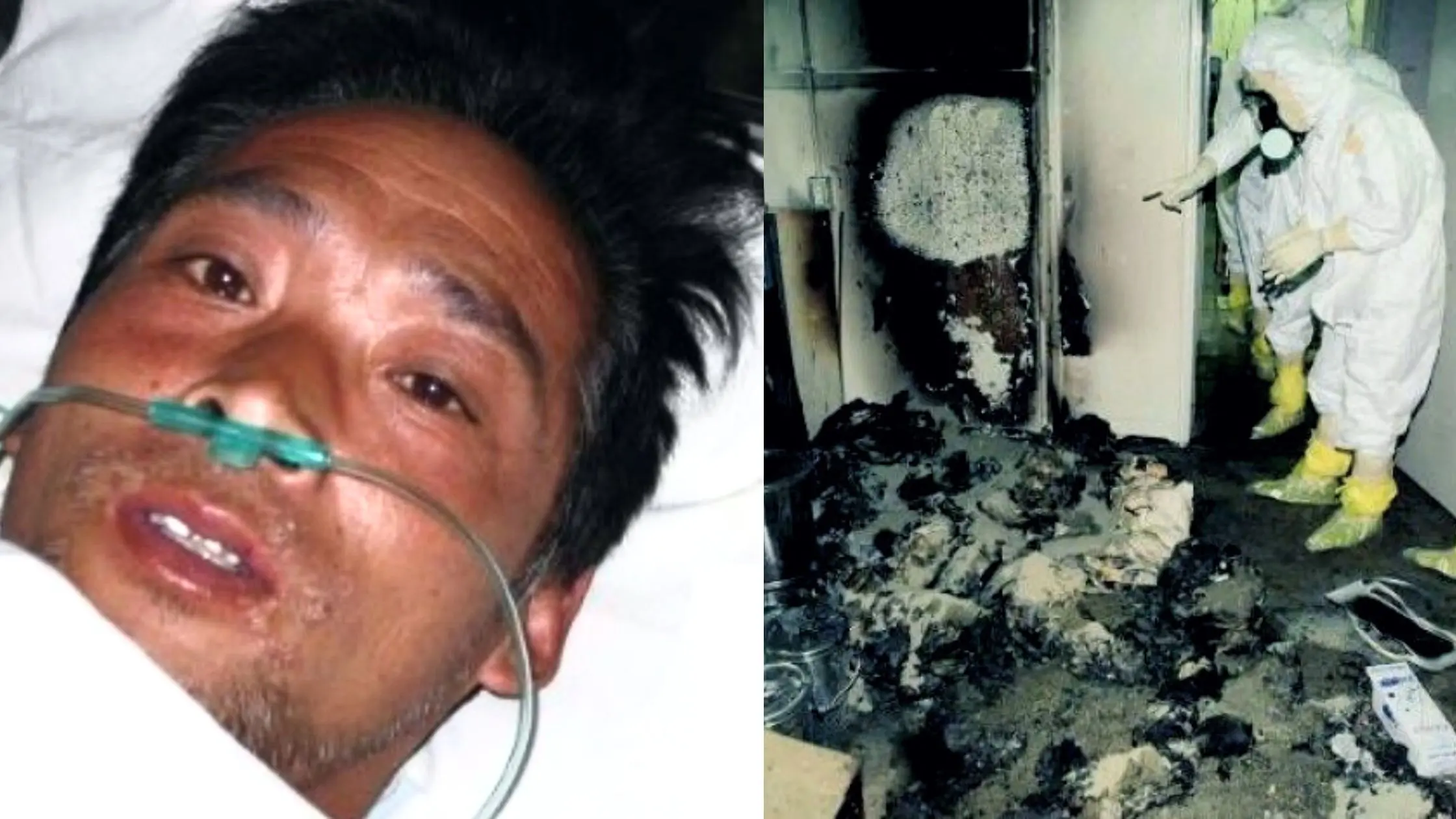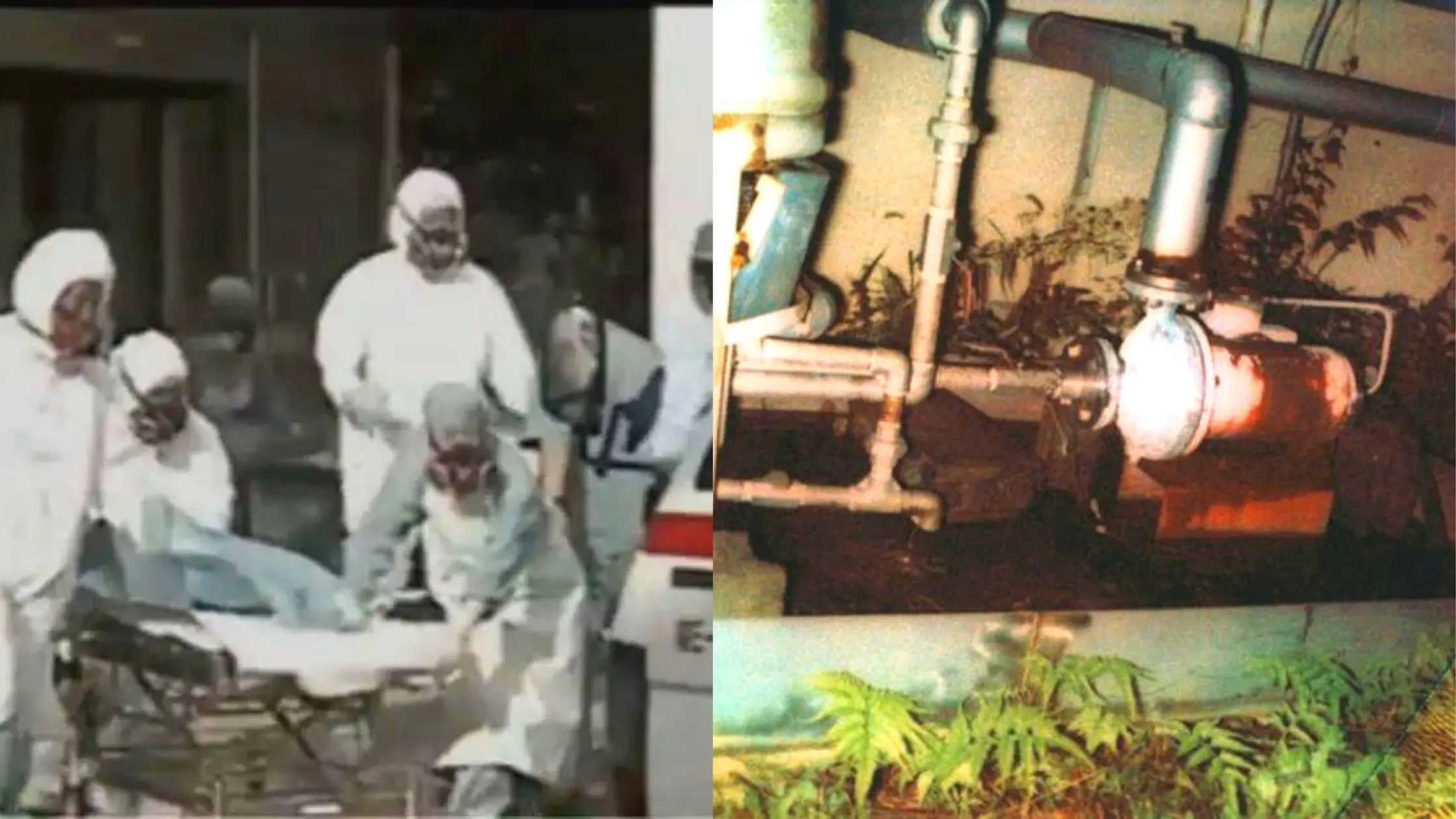News
Hisashi Ouchi Real Photos: Man Suffered Nuclear And Radiation Accident Pictures

A great number of scientists have been fascinated by radiation for a very long time. With its discovery and subsequent use in weapons, a great number of researchers have investigated the effects it has on living creatures, particularly humans.
As a consequence of this, a number of living things had to endure unnecessary pain at the hands of people who were investigating the actual impact that radiation has on living things.
The vast majority of these studies were carried out over the course of time on animals, despite the fact that it would be unethical to conduct such testing on humans.
In the absence of big nuclear disasters, such as the atomic bombings of Hiroshima and Nagasaki, or the meltdowns of nuclear facilities such as nuclear power plants, it was not possible to investigate the impact that radiation had on human beings.
As a consequence of this, following the nuclear accident that occurred in Tokaimura in 1999, a large number of scientists pounced at the opportunity to research the victims of such a severe radiation bombardment.
When compared to the circumstances of the other victims of the tragedy, Hisashi Ouchi’s predicament stands out.
Hisashi Ouchi Radiation Accident
Hisashi Ouchi had been subjected to the highest degree of radiation exposure that has ever been documented for a human being when he presented himself to the University of Tokyo Hospital.

The medical staff was taken aback. The 35-year-old technician who worked at a nuclear power plant had almost no white blood cells and was therefore immune to everything. Soon, he will be weeping blood as his flesh begins to melt away.
On September 30, 1999, just before noon, a nuclear accident started at the Tokaimura nuclear power complex in Japan.
Ouchi and two other employees of the Japan Nuclear Fuel Conversion Co. (JCO) were given the instruction to mix a new batch of fuel despite the fact that there was an appalling lack of safety safeguards and an abundance of risky shortcuts. JCO was quite concerned about meeting a deadline.
This facility was responsible for converting uranium hexafluoride into enriched uranium, which was then used in the generation of nuclear power.
In most cases, this was accomplished by following a methodical process that consisted of numerous steps and involved the combining of a number of different components in a certain sequence.
In the year 1999, authorities started investigating whether or not some of these stages may be skipped in order to speed up the procedure.

However, as a result of it, they were unable to meet the deadline for producing fuel on September 28. Hence, at approximately 10 a.m.
Read More: Natalie Nunn Net Worth: Early Life, Career, Relationships, And More!
On September 30, Hisashi Ouchi, Masato Shinohara, and Yutaka Yokokawa, who was their boss and was 54 years old, attempted to take a shortcut.
But not one of them was aware of what they were getting themselves into. They chose to manually pour 35 pounds of the enriched uranium into steel pails rather than use mechanical pumps in order to blend the 5.3 pounds of enriched uranium and the nitric acid that was contained within the specified vessel. Around 10:35 in the morning, this uranium reached critical mass.
When the room erupted, a blue flare indicated that a nuclear chain reaction had begun and was emitting lethal radiation. This showed that the nuclear chain reaction had begun.
The 83 Days Of Hisashi Ouchi
When Ouchi, a handsome, powerfully built, former high school rugby player with a wife and young son, arrived at the hospital, according to “A Slow Death: 83 Days of Radiation Sickness,” a book written in 2002 by a group of journalists from Japan’s NHK-TV and translated into English by Maho Harada, he did not look like a victim of intense radiation exposure.
The book was written by a group of journalists from Japan’s NHK-TV. Although his face was somewhat swollen and discolored, and his eyes were bloodshot, he did not have any blisters or burns on his skin.

But, he was complaining of discomfort in his hands and ears at the same time. The doctor who examined him even entertained the idea that it could be possible to save his life.
Yet, after a day, Ouchi’s situation became increasingly critical. As his stomach continued to grow, he developed a need for air.
The situation became much direr once he was admitted to the hospital that was associated with the University of Tokyo.
Read More: Who is Filip Maciejuk? Tour Of Flanders Crash, What Actually Happened?
Six days after the incident, a specialist detected only scattered black specks when looking at photos of the chromosomes in Ouchi’s bone marrow cells.
This indicated that the chromosomes had been fractured in some way. It is quite unlikely that Ouchi’s body could generate new cells on its own.
One week after the incident, Ouchi had his sister donate some of her peripheral blood stem cells to him so that he may receive a transplant.
Ouchi’s condition continued to deteriorate in spite of this, however. As the medical tape was removed from his chest, he began to complain of thirst, and his flesh started to peel off as it was exposed.
He began developing blisters. The testing found that the radiation had caused the chromosomes that would normally allow his skin to regenerate to be destroyed.
As a result, his epidermis, which is the protective outer coating of his body, gradually disappeared. The agony became even more intense.
Also, he started having problems with his respiratory system. It took him two weeks after the accident before he was unable to eat and needed to be fed through an IV.

Two months into his ordeal, his heart suddenly stopped beating, but the medical staff was able to bring him back to life.
At 11:21 p.m. On December 21, Ouchi’s body stopped functioning properly. His death was attributed to the failure of various organs, as stated in the report that Lyman and Dolley compiled.
Keizo Obuchi, who served as the Prime Minister of Japan at the time, issued a statement to the family of the worker who was killed in which he expressed his condolences and promised to improve nuclear safety measures.
Shinohara, who worked alongside Ouchi, passed away in April of 2000 due to the failure of several organs.
